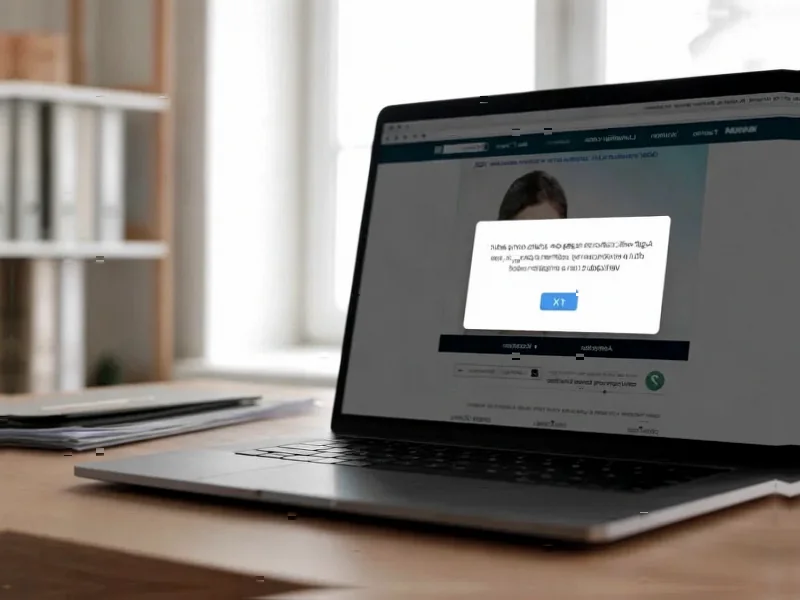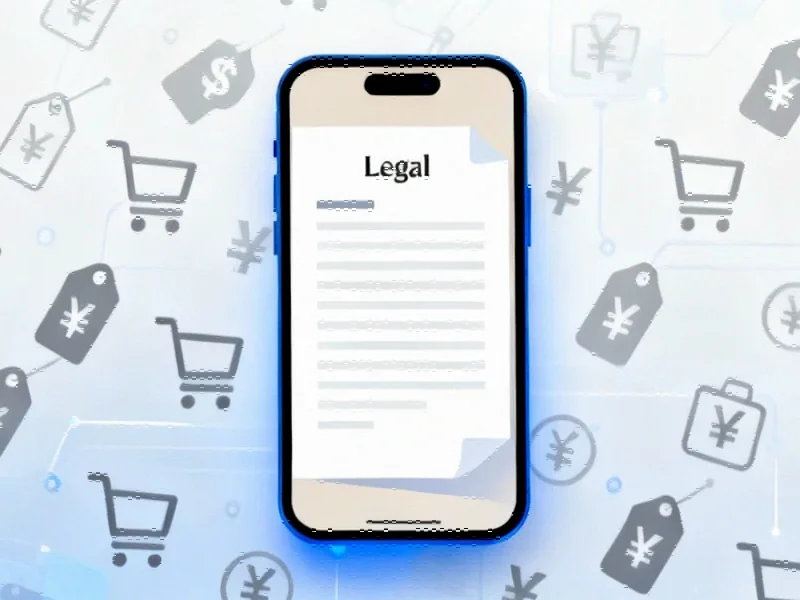According to Mashable, age-verification laws requiring government IDs, facial recognition scans, or banking information have been implemented across multiple countries and U.S. states following a 2025 Supreme Court ruling deeming them constitutional. The UK’s Online Safety Act imposes fines up to £18 million or 10% of global revenue for non-compliance, while Italy’s new law requires verification every session with fines reaching 250,000 Euros. France implemented a “double-blind” system where neither the porn site nor verification service knows both the user’s age and browsing destination, creating implementation challenges that caused Pornhub to repeatedly block and unblock access. Australia is taking a different approach by requiring age verification through Google and Microsoft accounts with strict “safe search” defaults, while China already has comprehensive Real Name Verification across multiple digital services.
The Privacy Paradox in Age Verification
The fundamental contradiction in these laws lies in their attempt to protect children while creating unprecedented privacy vulnerabilities. When users submit government IDs and facial recognition data to access adult content, they’re creating honeypots of sensitive information that security experts warn could become massive targets for identity theft. The very personal data these laws require—precisely the information needed for financial fraud and identity theft—is now being collected by websites that may have varying security standards and motivations. This creates a dangerous precedent where the most intimate browsing habits become tied to verifiable government identification, fundamentally changing the anonymous nature of internet exploration.
The Coming Internet Balkanization
What we’re witnessing is the early stages of internet fragmentation along national borders. The state-by-state approach in the U.S. means residents of Virginia cannot access what Maryland residents can, creating a patchwork of digital rights that varies by geography. This trend will likely accelerate as more countries implement their own verification standards, potentially leading to a future where your physical location determines your digital access rights. The technical implementation differences—from France’s “double-blind” system to Australia’s search engine integration—suggest we’re heading toward a world where crossing a border might require completely different verification methods for the same content.
The Effectiveness Question Experts Are Asking
While politicians frame these laws as child protection measures, the technical reality is far more complicated. As the source indicates, early research from NYU suggests these verification systems don’t effectively achieve their stated goals. The fundamental problem remains that determined minors can bypass these restrictions using VPNs, while international websites may simply choose not to comply with foreign regulations. This creates a situation where the laws primarily inconvenience legitimate adult users while doing little to actually prevent access by tech-savvy minors. The privacy trade-off appears disproportionately large compared to the actual protection achieved.
The Digital Divide Implications
These verification requirements risk creating a two-tier internet system where access depends on possessing specific documentation. Individuals without government-issued IDs, whether due to homelessness, immigration status, or economic barriers, could find themselves locked out of increasingly large portions of the web. The requirement for banking information or specific digital wallet apps further excludes those without traditional financial access. This represents a significant shift from the internet’s original promise of universal access toward a system where full participation requires specific forms of institutional verification.
How Companies Will Adapt and What’s Next
The adult industry’s response—particularly Pornhub’s strategic blocking and unblocking in France—demonstrates how companies will navigate this new landscape. We’re likely to see the emergence of specialized verification services that handle age confirmation across multiple sites, similar to how payment processors operate today. However, the legal frameworks governing these services and their data handling practices will become critical battlegrounds. Within 12-24 months, expect to see standardized verification protocols emerge, but also anticipate significant legal challenges and potential data breaches that could force reconsideration of the entire approach.
Where This Leads: Predictions for Digital Identity
This trend represents the leading edge of a broader movement toward verified digital identity online. What begins with adult content will likely expand to social media, financial discussions, and potentially even political content under the guise of safety and security. The danger lies in creating systems where anonymous browsing becomes impossible and every digital action becomes tied to verified identity. As these systems proliferate, we may see the emergence of “identity tourism” where users seek jurisdictions with more privacy-protective verification methods, or the growth of decentralized verification systems that don’t centralize sensitive personal data.




